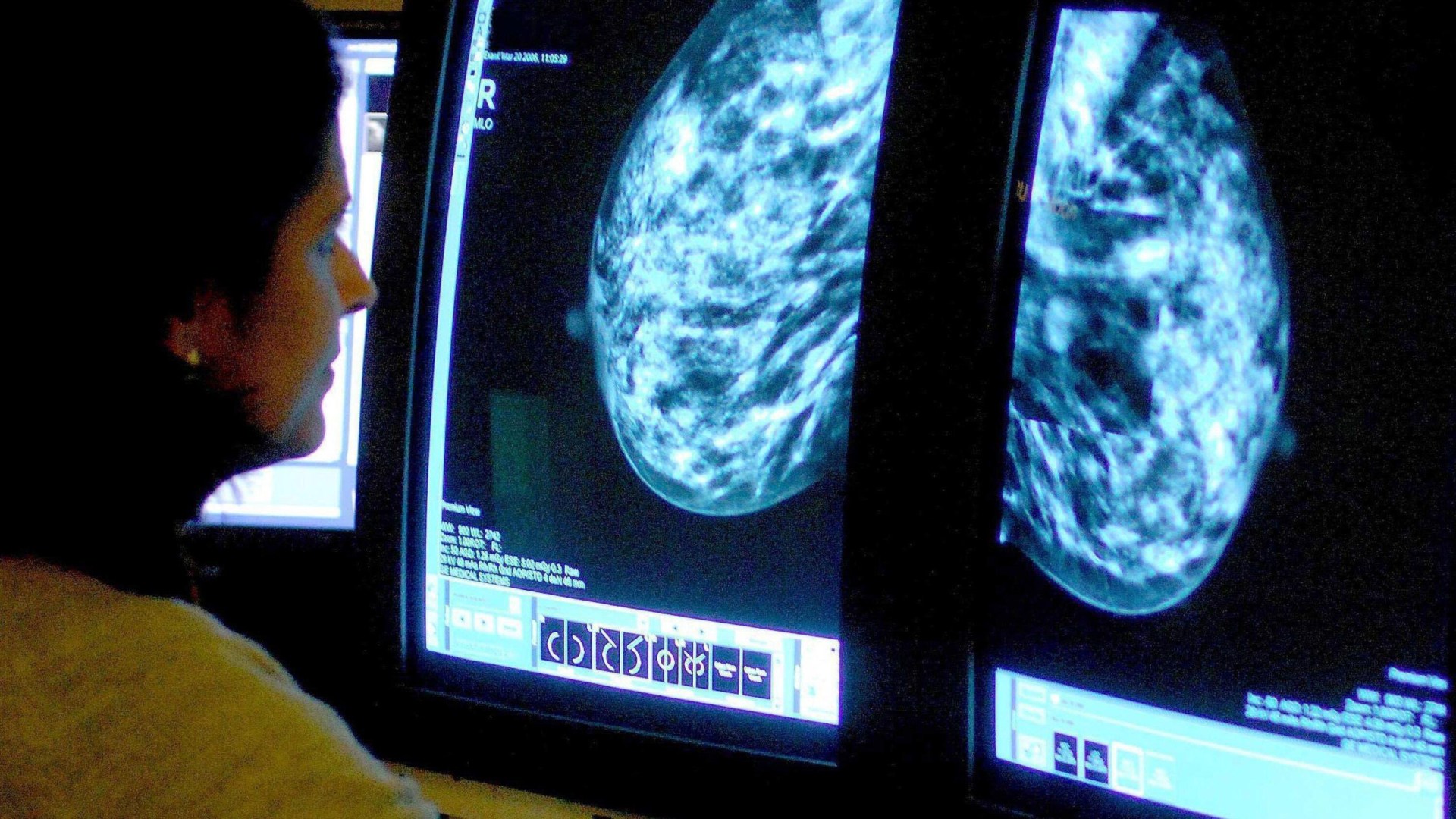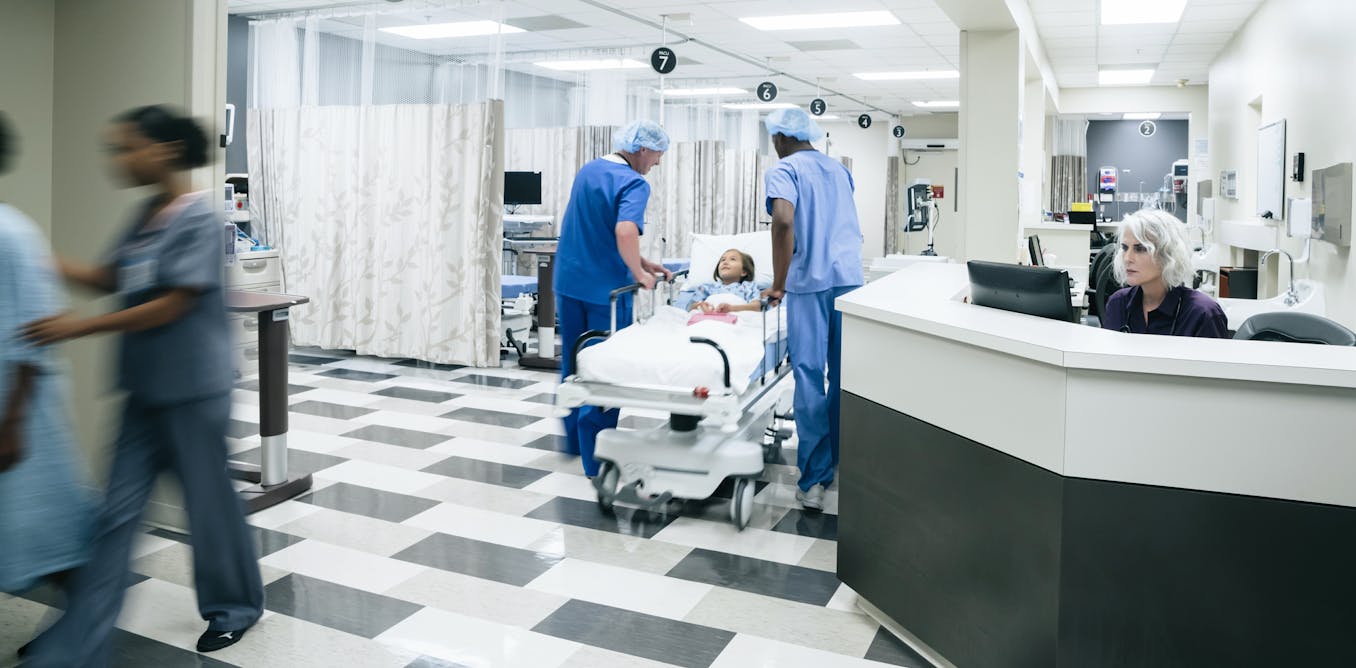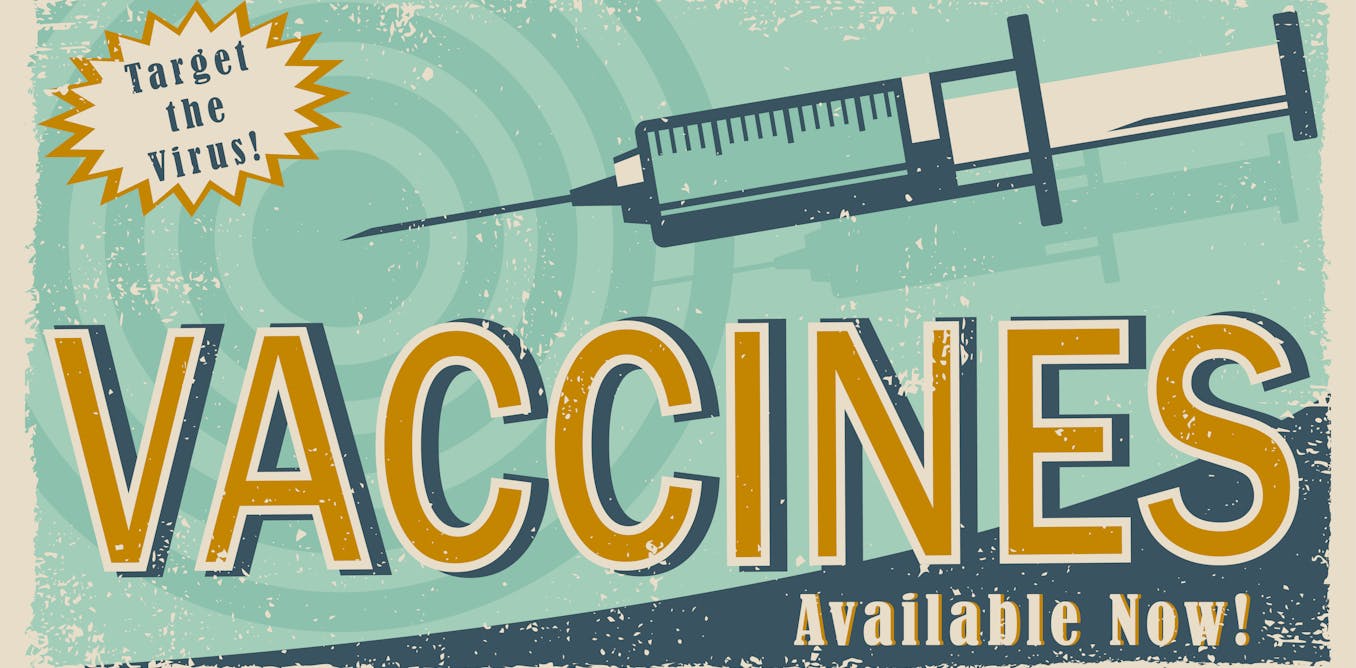THOUSANDS of women may be living with undetected breast cancer after missing screening appointments.
The NHS warned about a third of eligible patients did not accept the free test offer last year.
1
Figures show that was just over one million people, and 2.2million have missed an appointment in the past three years.
An estimated one in 100 women are diagnosed with cancer after screening.
In 2023 there were 18,942 tumours detected out of 1.93million women screened for breast cancer, but a further 1.05m women who were invited did not attend.
The one per cent detection rate means there were potentially 10,000 missed cases.
Breast cancer is the most common form of the disease in the UK with around 57,000 new cases every year.
Dr Louise Wilkinson, adviser to NHS England, said: “Breast screening saves lives by allowing cancers to be identified and treated earlier.
“Discovering breast cancer at the earliest stage may give you a 98 per cent chance of surviving for five years or more.
“Screening can often pick up cancer before you can even see or feel any changes to your breasts yourself.
“I urge anyone invited to take up the offer.”
Screening is generally offered to women every three years between the ages of 50 and 71, when their risk increases.
Scans are carried out in local clinics and hospitals, as well as in roving scan vans in some places.
‘Screening was a game-changer’
Kathryn Cowley, 58, was diagnosed with breast cancer after a routine mammogram in 2022 revealed an abnormality.
She underwent surgery followed by radiotherapy, and said that attending appointments was “vital”.
“My breast cancer journey has a positive outcome and it’s very lucky that I attended my regular breast screening,” Ms Cowley said.
“I have now had my one-year follow-up mammogram and I was very relieved that this was normal.
There’s no time to waste to save more lives from breast cancer
Claire Rowney
“Attending routine screening is vital – I was fortunate that I attended my appointment and did not put it off.
“My mammogram detected my cancer before it could be felt, which was a game changer.”
Women who have had a mammogram should still check their breasts regularly.
The NHS recommends a “touch, look, check” (TLC) approach.
Claire Rowney, chief of the charity Breast Cancer Now, said: “These figures serve as a timely reminder, during Breast Cancer Awareness Month, that far too many people are missing out on the vital breast screening that saves lives from breast cancer.
“The stark reality is that thousands of women miss having their breast cancer detected each year.”
“We look forward to working with NHS England to ensure breast screening services are accessible and convenient for everyone who is eligible.
“We encourage eligible women to attend their breast screening appointments when invited and to regularly check their breasts to get to ‘know their normal’ and get any new or unusual breast changes checked out by a GP, including between screening appointments.
“There’s no time to waste to save more lives from breast cancer.”
How to check your breasts
It is important to regularly check your breasts for any changes. Breast tissue reaches all the way up to your collarbone and across to your armpit, so it’s vital to check these areas too.
If you feel or see any changes in your breast you should always consult your GP.
Charity CoppaFeel! recommends checking your breasts monthly, so you can pick up on any changes quickly.
Breasts do change naturally as part of your monthly menstrual cycle, so you should get to know your breasts, how they feel and what changes they usually go through to know if anything is out of the ordinary.
Five-step check
There is a five-step self exam you can do at home to check for any changes.
Step one: Begin by looking in a mirror, facing it with your arms on your hips and your shoulders straight. You should be looking for any dimpling, puckering, bulging skin, redness, soreness, a rash or changes in the nipple.
Step two: Still looking in the mirror, raise both arms above your head and check for the same changes.
Step three: With your arms still above your head, check for any fluid coming from the nipples. This can include milky, yellow or watery fluid, or blood.
Step four: While lying down use your opposite hand to check each breast. Using a few fingers, keeping them flat and together, go in a small circular motion around your breasts. Make sure you feel the entire breast by going top to bottom in these small circles. It helps to develop a system or pattern to make sure every inch is covered. Use light pressure for the skin and tissue just beneath, medium pressure for the tissue in the middle of your breasts, and firm pressure to feel the tissue at the back, feeling down to your ribcage.
Step five: Feel your breasts while either standing or sitting, using the same small circular motions.




